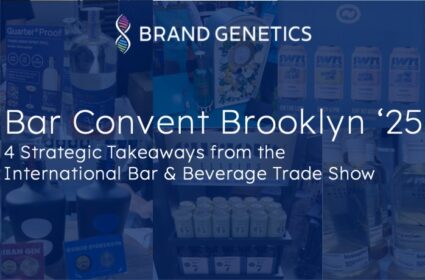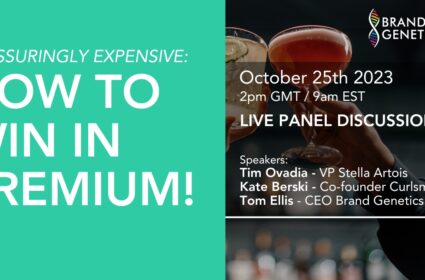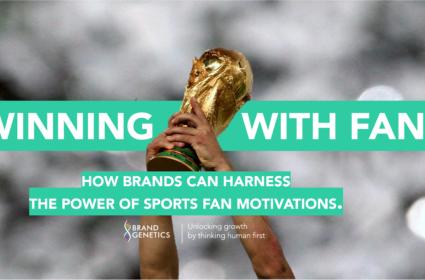How can the Alcohol Industry become a positive force for gender identity?
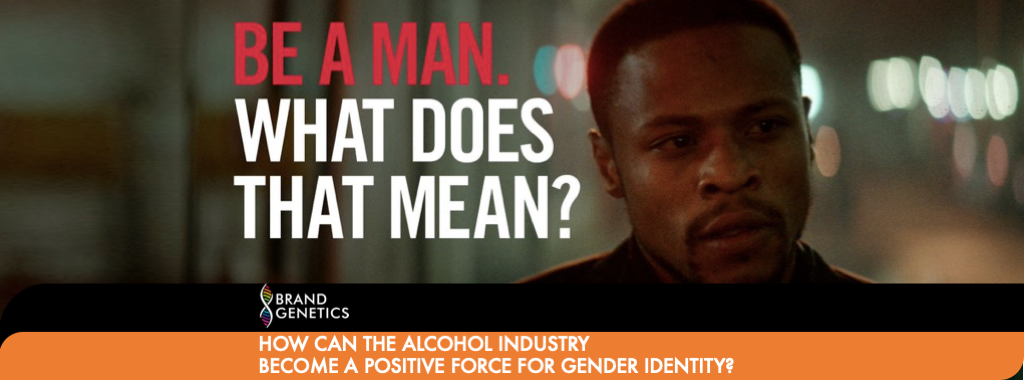
From climate change to sexual harassment, the ways of the world are changing. One area these changes are particularly pronounced is gendered identity. In the last few years we have seen a shift from traditional definitions of masculinity and femininity as young people increasingly demand more fluid definitions of gender. In response to this desire, at the end of 2018 Facebook expanded its base list of 58 genders to a limitless range, allowing users to create and set their own gender in their personal profile.
This social shift will have many implications for marketing in general, but particularly to those industries playing to more traditional gendered stereotypes. We have explored the implications of this on different industries but this week we’d like to focus on the impact of this social change on the alcohol industry and offer some solutions as how best to market gender in 2019.
In December last year, following public consultation, the Advertising Standards Association made it illegal to depict harmful gender stereotypes in advertising. A structural shift which supports the findings from our own evidence-based research (you can find our reports here and here)
The alcohol industry has, for much of its history, repeatedly used and reinforced what are now considered negative gender stereotypes. This is particularly true for beer advertising where depictions of women are often sexist, involving objectification and hypersexualisation of the female form and where depictions of men often feature exaggerated expressions of traditional masculinity.

In more recent years, there have been some attempts at addressing the errors of the past, such as Skol’s 2017 “Reposter” campaign, which involved hiring a female strategist to remake their historically sexist ads. However, other attempts have been criticized for not going far enough to make amends. Today, we live in a social media age which allows perceived tokenism or bandwagoning behaviours to be called out. This is tricky terrain, particularly for those alcohol brands still carrying the baggage of a checkered past.
But there is hope. The research we have done in this space suggests some possible solutions. Both men and women are tired of being pigeonholed into constraining old-fashioned stereotypes as these are not just limiting but also slightly negative and patronising. Leveraging learnings from positive psychology – which tells us people are happier, more fulfilled and more successful when they play to their positive character strengths – the Values In Action (VIA) model offers a brilliant framework for marketers interested in depicting gender better.
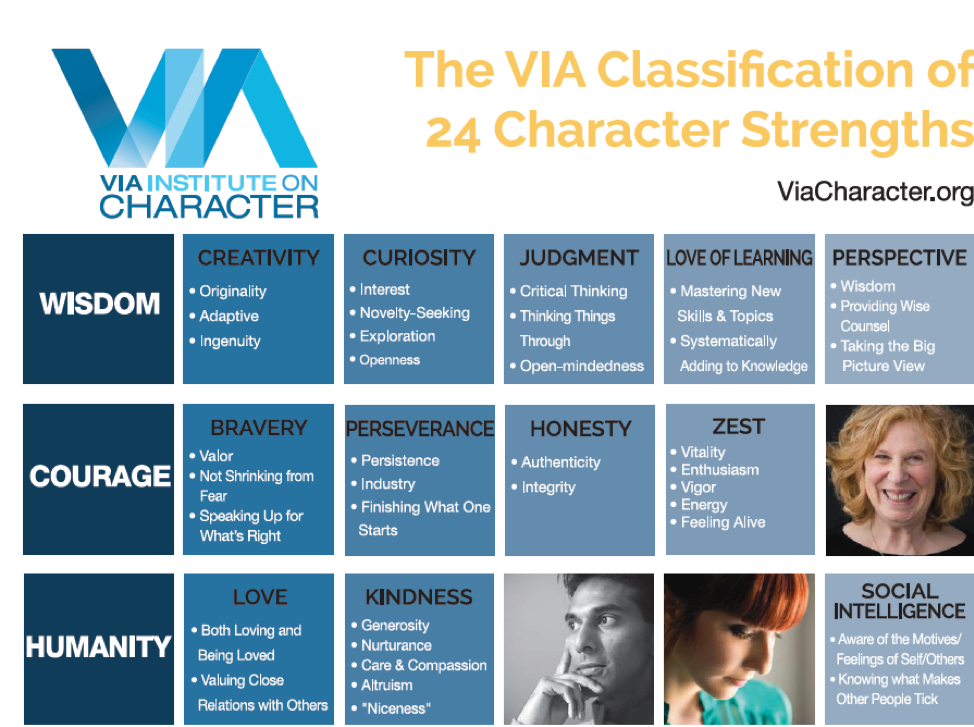
The VIA model comprises of 24 character strengths, all of which are globally resonant. While some are traits more aligned to traditionally masculine traits and others to traditionally female what is key of this model is that all 24 strengths are fundamentally human traits. Research shows us that personality is a better predictor of character traits than gender and this model allows men and women to express their masculinity or femininity however they want – according to their character.
A great example of a brand celebrating character strengths is Carling Black Label. Their 2018 #BeBoldBraveStrong campaign champions the idea that it’s what you do with your strength that makes you strong. Carling believe men should be defined through their actions, values and beliefs and not by their appearance, sexuality or material wealth. This notion is key because it challenged the gendered stereotypes attached to being a man and instead celebrates our uniquely human strengths as individuals.
At Brand Genetics we understand human behaviour – so if you want to know what the changing face of identity means for your business and how you can stay relevant for the modern world, please get in touch.


